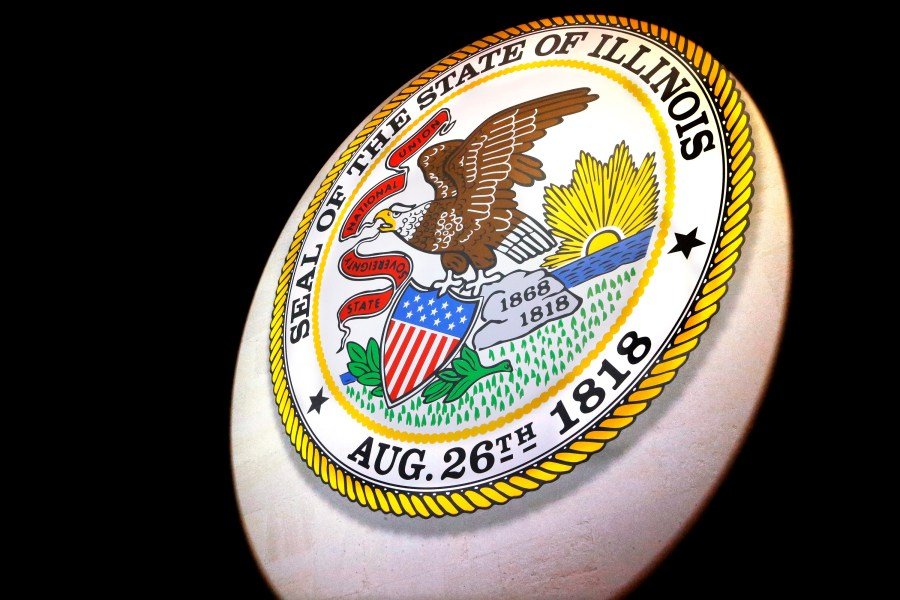
People say Democrats have a messaging problem. That’s not true. The challenge is structural: Democrats communicate in policy, Republicans in morality. One side argues over line items and the other claims moral ownership of freedom itself. Truth demands context, study, and patience — all difficult in a culture that rewards outrage.
This divide isn’t new. It traces back to the nation’s oldest economy — the one built on slavery. In 1857, Hinton Rowan Helper warned that slavery was bankrupting the South and impoverishing poor whites. His point was economic, not moral. The obsession with racial hierarchy was destroying innovation and industry.
W.E.B. Du Bois later called this the “psychological wage of whiteness,” a belief that racial status was worth more than shared prosperity. Both men described the same pathology — a people convinced to vote against their own future.
That legacy still shapes our landscape. Highways bulldozed through Black neighborhoods; commuter rail bypassed working-class suburbs; broadband and clean-energy corridors stalled where poverty was deepest. Racism wasn’t just social policy — it was infrastructure policy. The result: Regions that once thrived now trail the nation in education, wages, and mobility.
Modern economics confirms what history predicted. Citigroup’s 2020 study estimated that racial inequity cost the U.S. $16 trillion in lost GDP between 2000 and 2020, and closing those gaps could add another $5 trillion in five years. As John Hope Bryant reminds us, racism isn’t only immoral; it’s economically catastrophic. Rev. Jesse Jackson has said for decades that “racism can distort religion, it can distort an economy, it can distort democracy.” It also distorts the roads, rails, and public works meant to bind us together.
We write as practitioners — one a lawyer and governance strategist, the other an infrastructure executive turned public advocate. From different vantage points, we have witnessed how the legacy of racial hierarchy still limits how America funds, designs, and values its public systems. Transit and infrastructure are more than logistics; they’re lifelines of opportunity. And when those lifelines fray, so does democracy itself.
Early Friday morning, Illinois lawmakers passed the most transformative transit legislation in 50 years — a $1.5 billion package that not only prevents cuts and layoffs but rewrites the moral math of mobility. At its core are ideas born of equity.
- A human-equity funding formula directs dollars to the people and places most dependent on transit.
- Modernized farebox recovery rules align with peer cities and relieve pressure on low-income riders.
- It flexes road-fund dollars for transit, ending the false choice between highways and people.
- Transit-oriented development tools let agencies generate revenue through community investment, as global systems from Hong Kong to Paris have done.
- And a new regional body — the Northern Illinois Transit Authority — will coordinate service, accountability, and safety across the region.
Together, these changes signal a shift from punishment to partnership. Instead of measuring success by miles of asphalt, Illinois chose to measure by human connection. Instead of treating transit as a subsidy, the state recognized it as a public good that underwrites the workforce, economy, and environment.
This wasn’t a bipartisan miracle. Republicans opposed the bill. It was a coalition achievement inside a broad Democratic tent — the Governor’s office, Cook County President Toni Preckwinkle (D), legislative champions like Sen. Ram Villivalam (D) and Rep. Eva-Dina Delgado (D), labor leaders, and advocates who refused to accept decline as destiny. What united them was the belief that infrastructure should serve people, not power.
Illinois’s example reveals a national truth. Racism is not just a moral failure; it’s an engineering flaw. It’s a pipeline-to-nowhere failure. And like any structural defect, it can be redesigned. When equity becomes the operating principle — not an afterthought — every dollar spent multiplies opportunity instead of division.
The federal government is pouring hundreds of billions into infrastructure through the Bipartisan Infrastructure Law and Inflation Reduction Act. Those dollars can either replicate yesterday’s inequities or build tomorrow’s fairness. The difference lies in metrics: Who gets the contracts? Where do new lines run? Which communities gain jobs, cleaner air, and shorter commutes?
Illinois offers a blueprint. It began with confronting inequity honestly, building trust among local and state actors, and daring to measure success in human terms. That is what rebuilding democracy looks like in the language of infrastructure.
The true test of a nation isn’t what it paves — it’s who it moves. America’s future won’t be measured in lane-miles but in lives connected. Illinois just reminded us how to start
Louis C. Raymond II is Chicago based attorney, political strategist, and law professor. Denise W. Barreto is the former Chief Equity and Engagement Officer at the Chicago Transit Authority and a public infrastructure advocate.

